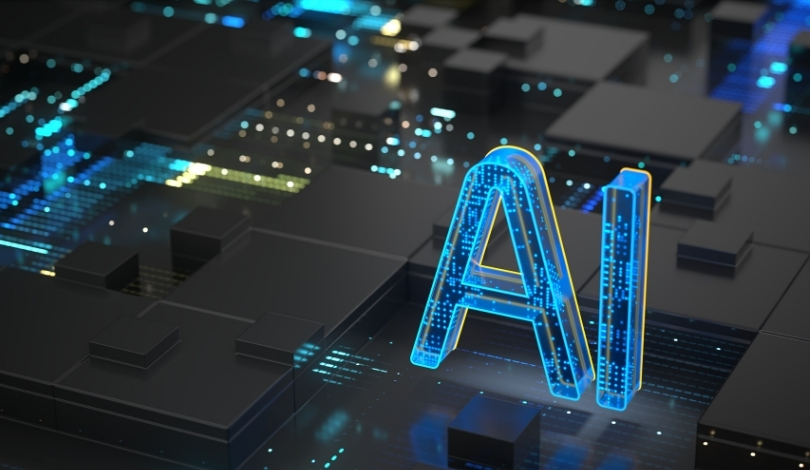Google DeepMind has accelerated its efforts in robotics AI by debuting two advanced models, Gemini Robotics 1.5 and Gemini Robotics-ER 1.5. Presented as a significant move toward building robots capable of analyzing instructions, planning, and performing complex tasks, these models bring greater transparency to robotic actions by enabling step-by-step reasoning and the ability to explain decisions in natural language. The update not only aims to ease robots into more daily, real-world tasks but also broadens their competencies across different hardware platforms, setting a new benchmark for general intelligence in robots. Unlike earlier AI systems built solely for controlled scenarios, this new release emphasizes versatile adaptation and safety.
Earlier outcomes from DeepMind, such as previous Gemini iterations, focused on isolated AI capabilities, offering improvements in natural language understanding or specific motion planning without unified reasoning and cross-robot learning. Public coverage highlighted both progress and limitations in combining vision with action; now, Gemini Robotics 1.5 and its variant succeed in merging visual, linguistic, and physical planning across different robotic designs, something earlier projects struggled to achieve. Additionally, recent media discussions have raised questions about safety and transparency in AI-driven robots, which these models directly address through enhanced semantic and physical safeguards.
What Makes the Gemini Robotics Models Distinctive?
The Gemini Robotics 1.5 model functions as a vision-language-action (VLA) AI, designed to convert human instructions and visual cues into precise robotic movements while justifying its reasoning at each step. Its counterpart, Gemini Robotics-ER 1.5, specializes in spatial awareness, multi-step mission planning, and integrating digital tools to help robots navigate complex environments. By deploying these two together as an agentic framework, robots can devise and execute advanced strategies for daily duties, which have typically challenged autonomous systems. Developers can now access Gemini Robotics-ER 1.5 through the Gemini API in Google AI Studio, while Gemini Robotics 1.5 is being tested with select partners.
How Do the Models Support Multi-Robot Adaptability and Safety?
Gemini Robotics 1.5 is engineered to learn across multiple robots with different embodiments, facilitating rapid knowledge transfer between hardware platforms like ALOHA 2, Apptronik’s Apollo, and Franka’s dual-arm system. This reduces the need for extensive retraining whenever the model is migrated to a new robot. Safety receives high priority through built-in reasoning checks and compatibility with Gemini Safety Policies, with the model able to activate physical safeguards and respect human interactions. DeepMind states,
“Gemini Robotics-ER 1.5 integrates native tool use and state-of-the-art spatial benchmarks for real-world deployment,”
emphasizing the focus on safety and generalizability.
Have the New Models Demonstrated Reliable Performance?
According to benchmark tests, Gemini Robotics-ER 1.5 achieves notable results in spatial reasoning, video understanding, and physical-world problem-solving. Tasks such as color-based laundry sorting have been performed with consistent logical steps and safe task decomposition. DeepMind reports that multi-stage thinking allows the model to simplify complex tasks and improve adaptability when faced with unexpected changes. On the subject of transparency, the team emphasizes,
“Our system can explain its actions in everyday language, helping users follow its logic,”
thus addressing a long-standing concern in robotics AI usability and trust.
While several research groups and AI companies are developing autonomous robotic systems, DeepMind’s Gemini models stand out for their modularity and cross-platform learning. This release reflects a growing trend in the robotics field: integrating multi-modal perception and natural language communication with safety-focused reasoning, making robots more equipped to handle real-world variability. Enterprise, academic, and independent developers now have new tools for tackling complex physical tasks, with a notable increase in emphasis on explainability and robust safety controls. For professionals in robotics and AI, these developments signal that robots capable of general reasoning and fast adaptation are becoming more accessible for application and further advancement.










